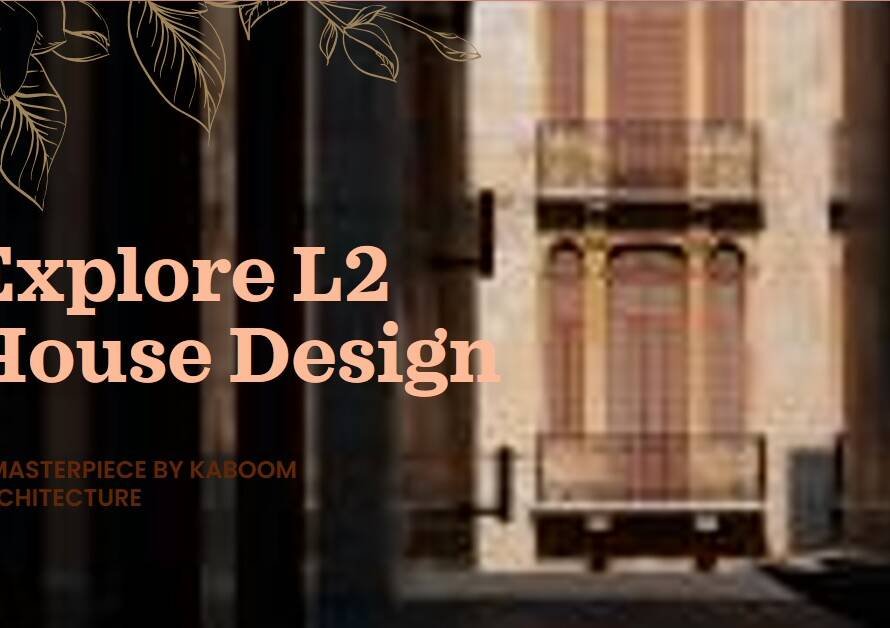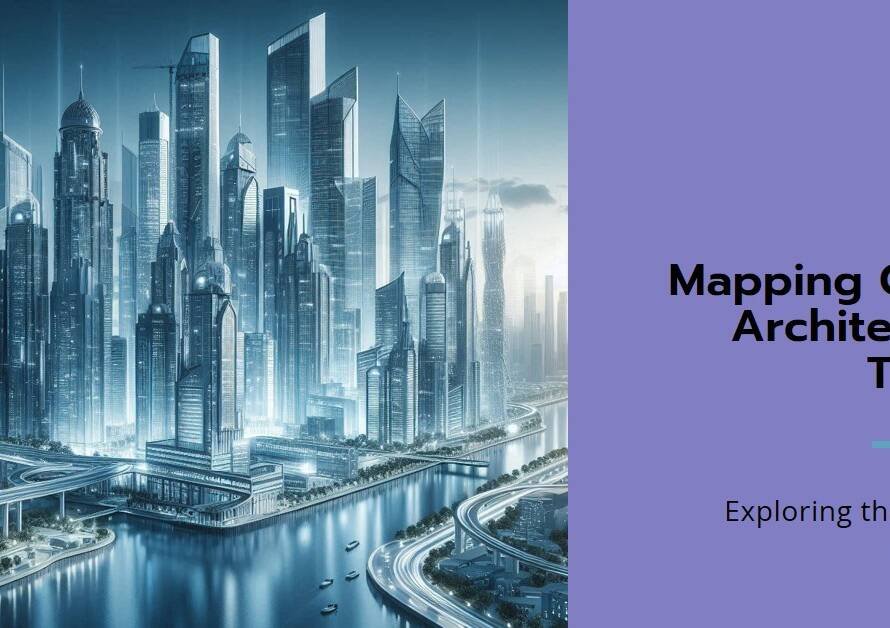
Table of Contents
1. Introduction: The Digital Design Revolution
The introduction sets the stage by highlighting the transformative impact of 3D rendering software on the design industry. It acknowledges how digital tools have revolutionized design processes, from initial concepts to final presentations, and how 3D rendering software plays a central role in this evolution.
2. Enhanced Visualization and Realism – 3D Rendering
One of the primary ways 3D rendering software is changing design is by enhancing visualization and realism in design projects. Architects, interior designers, product designers, and engineers can create lifelike 3D models that accurately depict their concepts and ideas. Advanced rendering techniques such as ray tracing, global illumination, and realistic material simulations contribute to producing visuals that closely resemble real-world environments, materials, and lighting conditions. This level of realism helps stakeholders and clients better understand and visualize design proposals, leading to more informed decision-making and reduced design iterations.
3. Iterative Design and Rapid Prototyping
3D rendering software facilitates iterative design processes and rapid prototyping, significantly accelerating design workflows. Designers can quickly explore multiple design variations, material finishes, color schemes, and spatial arrangements within virtual environments. This iterative approach allows for quick feedback loops, adjustments, and refinements based on client preferences, usability testing, and design constraints. Rapid prototyping capabilities further enable designers to create physical prototypes directly from 3D models, streamlining the transition from digital concepts to tangible prototypes for further evaluation and refinement.
4. Cross-disciplinary Collaboration and Communication
Another significant impact of 3D rendering software is its role in fostering cross-disciplinary collaboration and communication among design teams, clients, stakeholders, and manufacturers. By sharing 3D models, renderings, and interactive presentations, teams can collaborate in real-time, exchange feedback, and align on design objectives more effectively. Visualization tools enable non-designers to interact with and understand design concepts intuitively, bridging communication gaps and ensuring everyone involved in the project shares a common vision and understanding of design goals.
5. Sustainable Design and Analysis
3D rendering software supports sustainable design practices by integrating environmental analysis tools, energy simulations, and material assessments directly into the design process. Designers can evaluate the environmental impact of their designs, assess energy efficiency, daylighting strategies, and sustainability metrics within virtual environments. This data-driven approach empowers designers to make informed decisions early in the design phase, optimizing building performance, reducing resource consumption, and minimizing environmental footprints in architectural and product designs.
6. Streamlined Production Workflows
3D rendering software streamlines production workflows across various industries, from architecture and manufacturing to entertainment and marketing. Integration with CAD/CAM systems, 3D printing technologies, CNC machines, and virtual reality (VR) platforms enables seamless transition from digital designs to physical outputs. Designers can generate production-ready files, CNC toolpaths, and VR experiences directly from 3D models, eliminating manual conversions, reducing errors, and accelerating time-to-market for products and projects.
7. Customization and Personalization
Design customization and personalization have become more accessible and efficient with 3D rendering software. Whether designing custom furniture, personalized products, or tailored architectural solutions, designers can create detailed 3D models that reflect unique client preferences, specifications, and branding requirements. Visualizations showcase customization options in realistic contexts, empowering clients to visualize and approve personalized designs before production, leading to increased customer satisfaction and brand loyalty.
8. Design Exploration and Innovation
The flexibility and versatility of 3D rendering software encourage designers to explore new design possibilities and innovative solutions. Designers can push creative boundaries, experiment with unconventional shapes, materials, and aesthetics, and test radical design ideas within virtual environments. This freedom to explore fosters a culture of innovation, pushing industries forward with groundbreaking designs, user-centric solutions, and disruptive products that capture market attention and drive competitive advantage.
9. Remote Collaboration and Global Accessibility
The global accessibility of 3D rendering software enables seamless remote collaboration among distributed teams, freelancers, and international clients. Cloud-based rendering services, collaborative platforms, and virtual meeting tools facilitate real-time design reviews, client presentations, and project discussions regardless of geographical locations. This global connectivity promotes diversity in design thinking, cultural influences, and cross-market insights, enriching design processes and outcomes with diverse perspectives and experiences.
10. Conclusion: Embracing the Future of Design


In conclusion, the evolution of 3D rendering software continues to reshape the design landscape across industries, empowering designers, architects, engineers, and creatives to innovate, collaborate, and communicate ideas effectively. Enhanced visualization, iterative design, cross-disciplinary collaboration, sustainable practices, streamlined workflows, customization options, design exploration, remote collaboration, and global accessibility are key pillars driving design excellence and competitiveness in the digital age. Embracing these advancements and integrating them strategically into design workflows positions professionals and organizations at the forefront of design innovation, ready to tackle future challenges and opportunities with creativity, efficiency, and impact.



